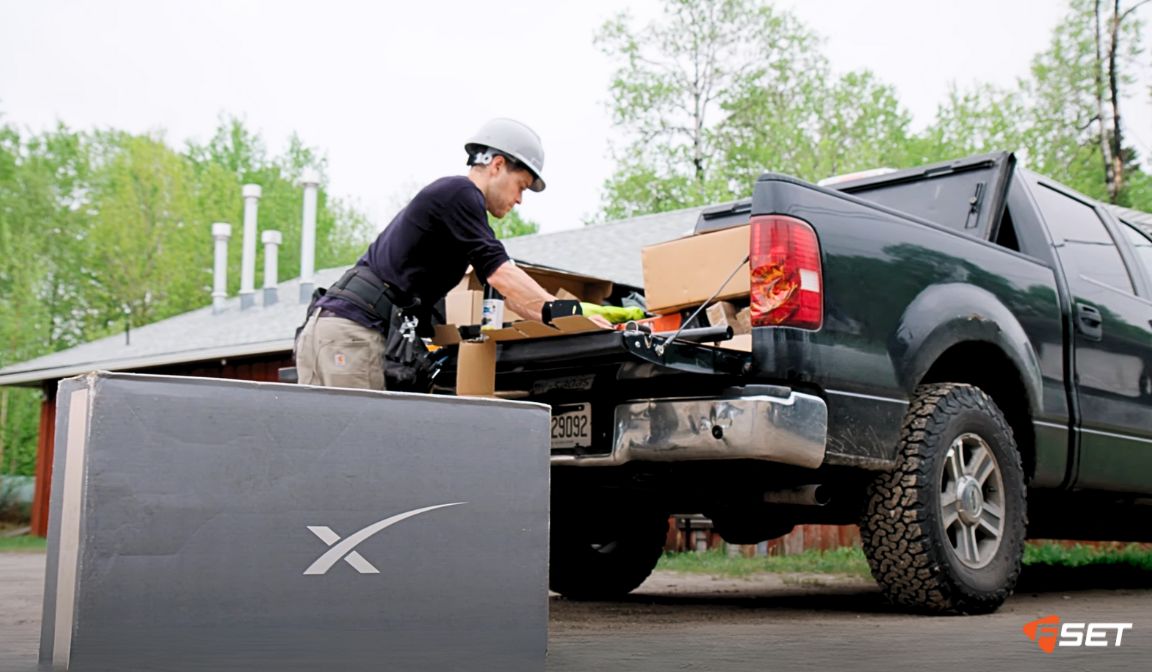
Community members of Iskatewizaagegan No. 39 Independent First Nation, also known as Shoal Lake No. 39 First Nation, have struggled with unreliable Internet service for years.
Located near Kenora in northwestern Ontario, the community has endured numerous challenges due to weak connectivity—from disruptions in daily business operations to a lack of online health care access.
James Mandamin, a councillor at Shoal Lake No. 39 First Nation, experienced difficulties in performing routine business operations because of spotty and inconsistent Internet coverage.
"I used to work in finance and there were times when we'd have to make deposits, but the Internet would just go off. Online banking wouldn't load. Trying to upload documents? Trying to have a video call? The Internet would either cut out, or you'd get kicked out," said Mandamin.
The COVID-19 pandemic proved to be especially challenging for the community. The family of Barbara Kejick, another councillor at Shoal Lake No. 39 First Nation, struggled with online learning because of the lack of Internet stability.
"When COVID first started, everybody was trying to go online, including my children," Kejick said. "I had two boys that were still in high school, and my daughter was still in college. And it was hard for them because they'd be in class and, the next thing you know, they'd get kicked off."
Without reliable connectivity, many residents could not fully make the necessary transition from in-person to digital work and learning.
Connecting Shoal Lake No. 39 First Nation through the Universal Broadband Fund
The Universal Broadband Fund (UBF) supports projects in underserved rural areas across Canada, including in Indigenous communities. In June 2021, the Government of Canada announced a UBF project that would connect residents of the Iskatewizaagegan No. 39 Independent First Nation to high-speed Internet through Starlink, with the help of FSET.

“We never thought we'd see the day, but we were able to do full-on conference meetings. It was a great feeling.”
Newly connected community members are greatly relieved to be able to access reliable high-speed Internet. Most notably, residents who were experiencing mental health challenges during the pandemic can finally access online counselling. As Christina Mandamin, the Health Director of Shoal Lake No. 39 First Nation, explained, "Our wellness worker was able to link up our clients with specialists, and that helped quite a bit. We never thought we'd see the day, but we were able to do full-on conference meetings. It was a great feeling."
Community members are now also able to access telehealth services, enabling people to meet with doctors virtually when in-person appointments are not possible. This has been an important benefit to Shoal Lake No. 39 First Nation, and one that has greatly improved residents' quality of life.
These stories demonstrate just a few of the benefits and improvements that the community has enjoyed since being connected to reliable high-speed Internet. As the entire community becomes connected over the next year, more and more residents will see their lives change and evolve, and new opportunities will become available.
High-speed Internet for all Canadians
It's easy to take high-speed Internet, and all the opportunities it brings, for granted. But for some Canadians, high-speed Internet is still out of reach. The Government of Canada's plan to connect all Canadians by 2030 is changing that, one community at a time. Check out the High-speed Internet for all Canadians web page to see our progress.
